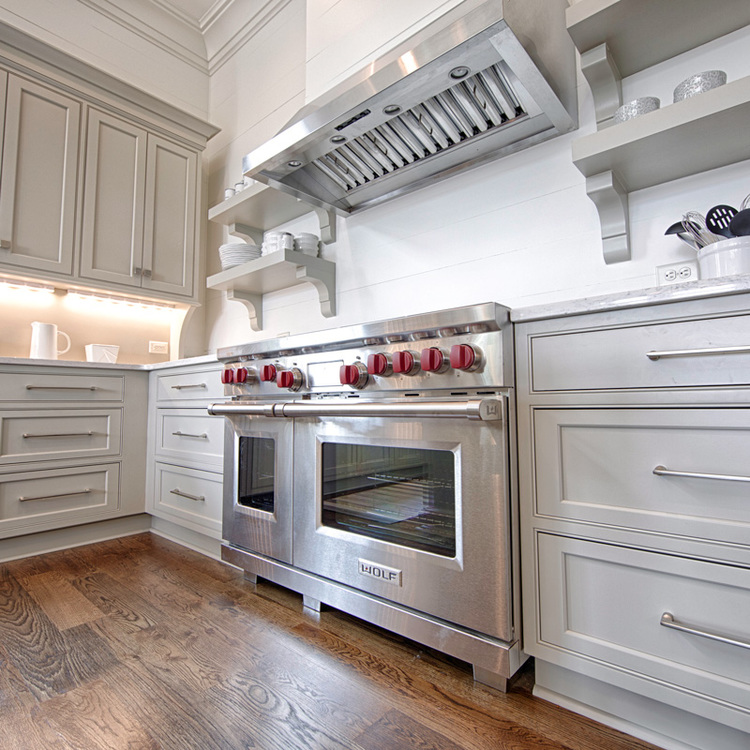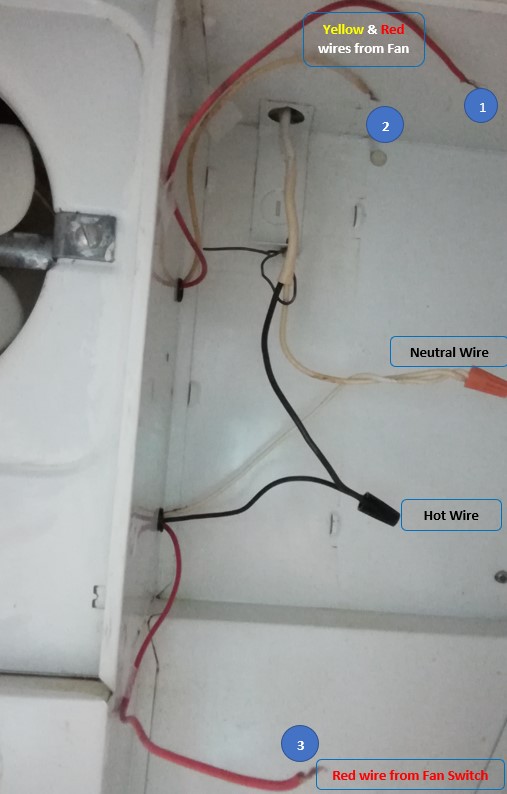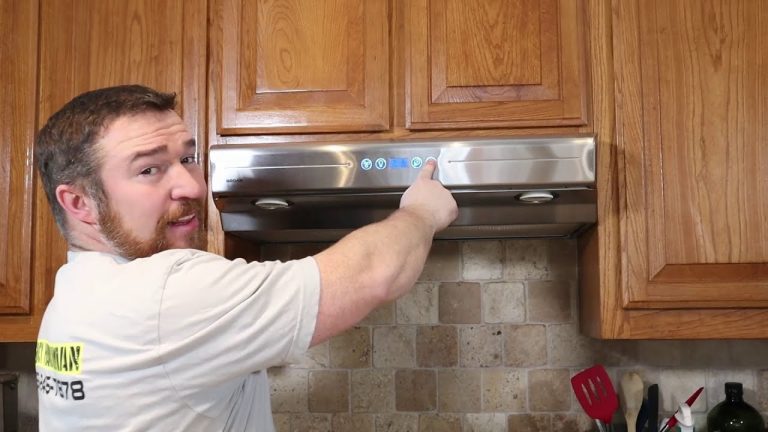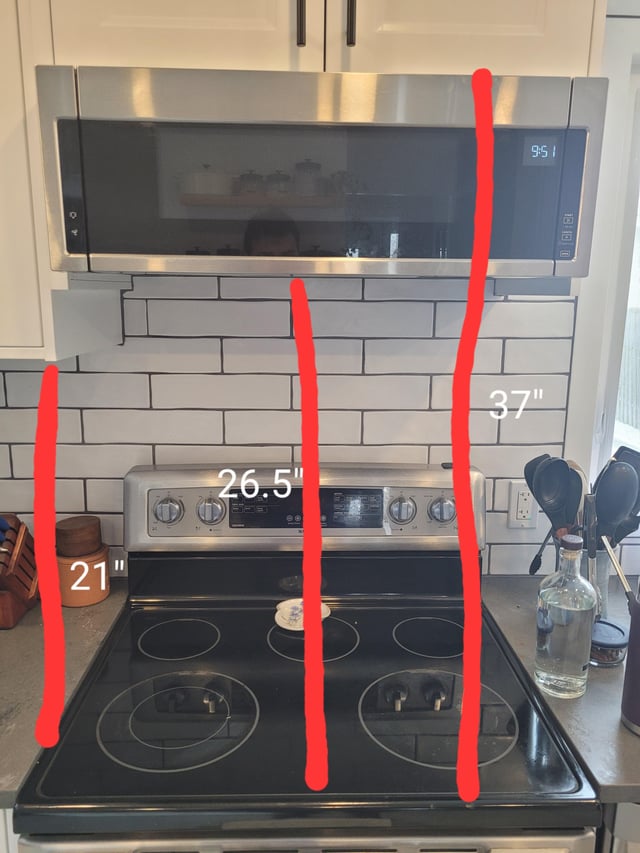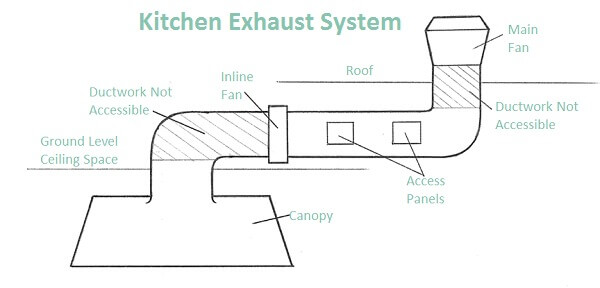Commercial kitchen hood height requirements typically range from 24 to 30 inches above the cooking surface. Local codes may also dictate specific measurements.
Proper ventilation is crucial in any commercial kitchen. The height of kitchen hoods directly impacts safety, efficiency, and compliance with local regulations. A well-placed hood captures smoke, grease, and heat effectively, creating a safer cooking environment. Understanding the correct height ensures optimal performance and adherence to health codes.
Restaurant owners and kitchen designers must consider factors such as equipment type, ceiling height, and cooking methods. By following established guidelines, businesses can maintain air quality and prevent fire hazards. This knowledge not only protects staff but also enhances the overall dining experience for customers.
Introduction To Commercial Kitchen Hood Standards
Height specifications for commercial kitchen hoods are very important. Proper height ensures safety and efficiency. When hoods are too low, they can cause fire hazards. High hoods may not capture smoke and grease effectively.
Correct height also improves air quality. This leads to a more comfortable kitchen environment. Regulations specify minimum and maximum heights for hoods. Following these rules helps avoid legal issues.
| Height Requirement | Impact |
|---|---|
| Too Low | Increased fire risk and poor ventilation |
| Too High | Poor grease and smoke capture |
Regulatory Bodies And Guidelines
NFPA codes set the standards for commercial kitchen hood height. These codes ensure safety and efficiency in cooking areas. Proper installation reduces fire risks and improves ventilation.
Local building codes may vary by region. Always check local regulations before installing a hood. These codes often include specific height requirements. Following these rules is crucial for safety and compliance.
Understanding both NFPA and local codes helps avoid costly mistakes. Regulations often change, so stay updated. Consulting a professional can provide valuable guidance.
Determining The Ideal Hood Height
Choosing the right hood height is essential for safety and efficiency. The type of cooking equipment used can affect this height. For example, grills and fryers often require a higher hood. This helps capture more smoke and grease.
The volume of kitchen activity also plays a vital role. Busy kitchens may need hoods placed lower. This ensures better ventilation during peak times. Conversely, quieter kitchens can have higher hoods.
| Cooking Equipment | Recommended Hood Height |
|---|---|
| Grills | 28-32 inches |
| Fryers | 28-32 inches |
| Ovens | 24-30 inches |
| Ranges | 24-30 inches |
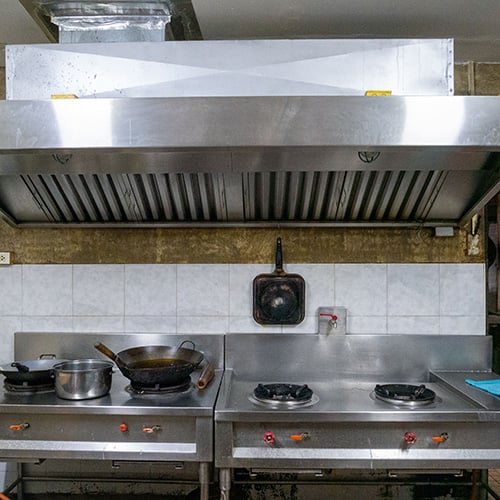
Credit: www.webstaurantstore.com
Factors Influencing Hood Height
Several factors affect the height of a commercial kitchen hood. Kitchen layout plays a significant role. A compact space may require a lower hood. Open kitchens might allow for higher installations.
Ventilation effectiveness is crucial. A hood should be high enough to capture smoke and steam. Too low can lead to ineffective airflow. This may cause safety hazards and poor air quality.
Local building codes also influence hood height. Following these regulations ensures safety and compliance. Proper installation can prevent costly fines and renovations.
Installation Best Practices
Installing a commercial kitchen hood requires a professional assessment. Experts will check your kitchen’s layout and equipment. This ensures the hood meets local regulations and safety standards. Proper height is essential for efficient ventilation and safety.
Compliance with standards is critical. Each kitchen may have different requirements based on equipment type. Always refer to the National Fire Protection Association (NFPA) codes. Local building codes may also apply.
Consult a licensed professional for specific installation needs. They can help you avoid costly mistakes. Regular inspections ensure continued compliance and safety.
Maintenance For Optimal Functionality
Regular cleaning is essential for a commercial kitchen hood. It helps remove grease and other buildup. Schedule cleanings every month or more often if needed. Staff must follow safety procedures during cleaning.
Establishing inspection schedules is crucial. Check the hood and filters regularly. Look for signs of wear or damage. Inspecting helps ensure the hood works efficiently. Make sure to document all inspections. This record can help with safety compliance.
Adjustments And Modifications
Adjustments to the commercial kitchen hood may be necessary for many reasons. Reinstallation becomes important if the hood does not meet current codes. Changes in building layout or cooking equipment can also require a new setup. Regular inspections help identify these needs.
Upgrading existing hoods enhances efficiency and safety. Older models may not provide enough ventilation. Modern hoods can save energy and improve air quality. Consider the benefits of a more effective system.
| Reason for Upgrade | Benefit |
|---|---|
| New Cooking Equipment | Better Compatibility |
| Increased Safety Standards | Compliance with Regulations |
| Energy Efficiency | Lower Utility Bills |
Legal Implications Of Non-compliance
Non-compliance with commercial kitchen hood height requirements can lead to serious issues. Businesses may face significant penalties and fines. Local health departments enforce these rules strictly. Violations can result in temporary closures of the kitchen.
Liability concerns also arise from non-compliance. If an incident occurs, businesses may be held responsible. This can lead to costly lawsuits and damage to reputation. Ensuring proper hood height protects both customers and staff. It also helps maintain a safe working environment.
Case Studies: Successful Implementations
Many restaurants found success with proper hood placement. A well-placed hood helps in ventilation and safety. For example, one diner adjusted the height to meet local codes. This change improved air quality and reduced fire risks.
Safety incidents often teach valuable lessons. A café faced a fire due to improper hood height. They learned to always follow regulations. Regular inspections now ensure compliance and safety. Understanding the right height for hoods can save lives and prevent damage.
| Restaurant Name | Hood Height (inches) | Outcome |
|---|---|---|
| Sunny Diner | 72 | Improved air quality |
| Cozy Café | 60 | Reduced fire risk |
| Pizza Place | 75 | Enhanced safety |
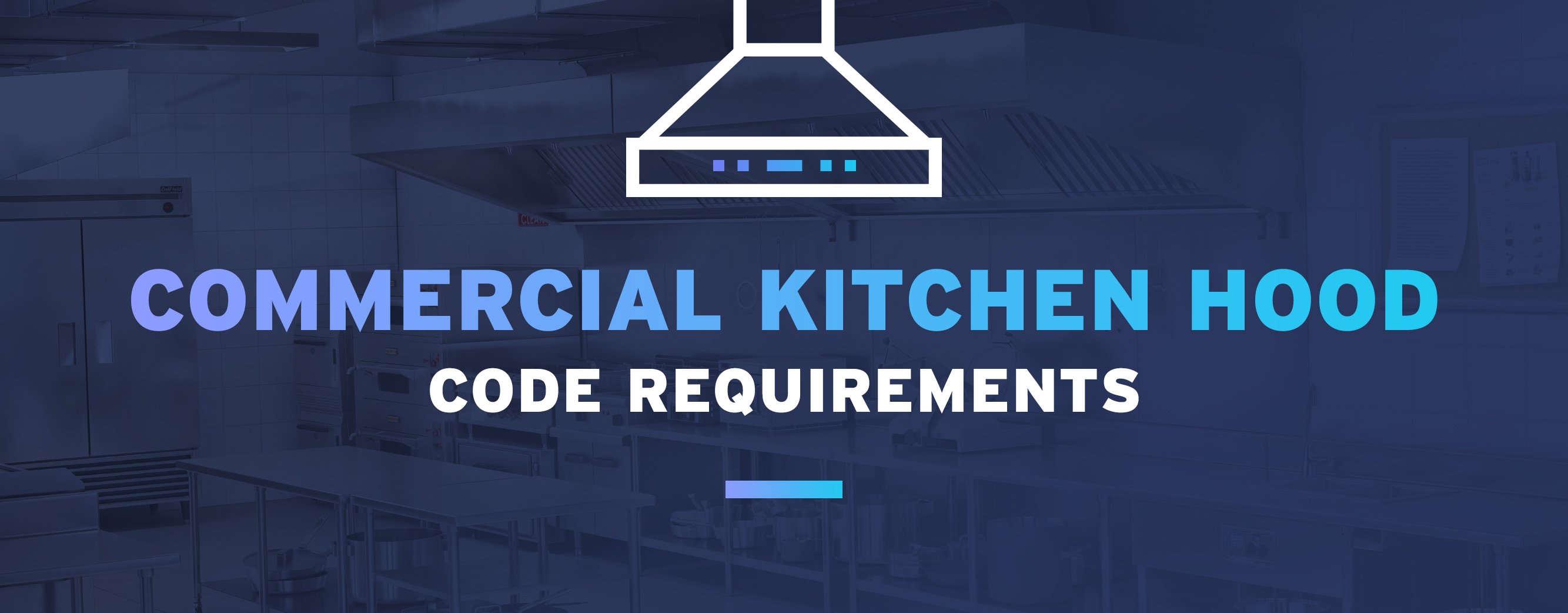
Credit: www.webstaurantstore.com
Future Trends In Kitchen Ventilation
Technological advancements are changing kitchen ventilation. New systems are more efficient and quieter. Smart technology helps monitor air quality and energy use. This makes kitchens safer and more comfortable.
Evolving safety standards ensure better protection in commercial kitchens. Regulations are becoming stricter to prevent fires and maintain hygiene. Regular maintenance is key to meeting these standards. Chefs and staff must be trained on safety practices.
These trends aim to create better work environments. They also focus on energy savings. Investing in modern ventilation systems pays off in the long run.
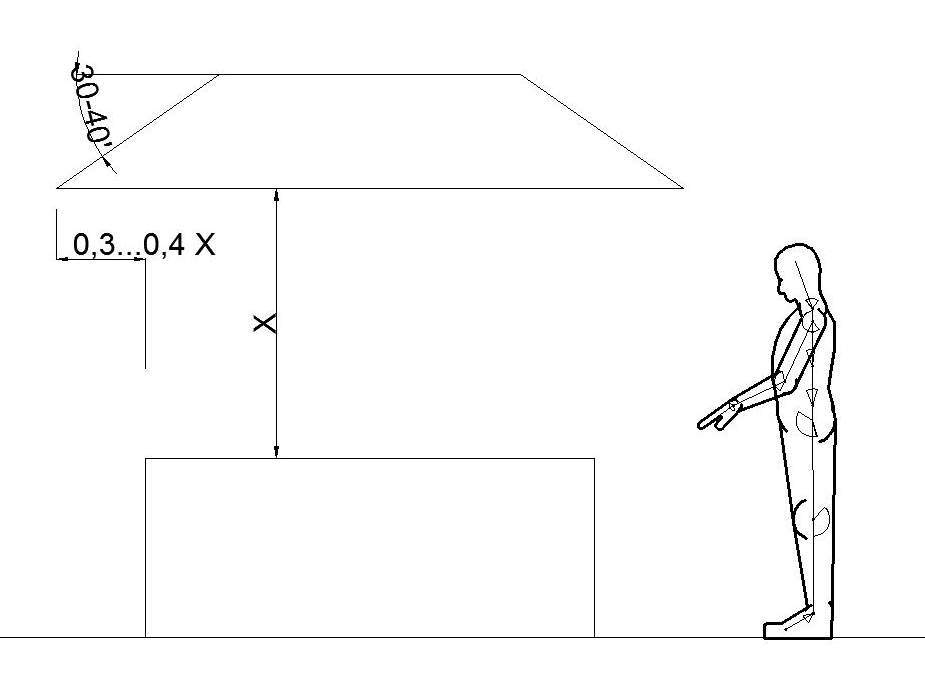
Credit: www.iklimnet.com
Frequently Asked Questions
What Is The Standard Hood Height For Commercial Kitchens?
The standard height for commercial kitchen hoods is typically 24 to 30 inches above the cooking surface. This height ensures optimal ventilation while maintaining safety. However, specific requirements may vary based on local building codes and the type of cooking equipment used.
How Do I Measure Kitchen Hood Height Correctly?
To measure kitchen hood height, use a tape measure. Start from the cooking surface to the bottom of the hood. Ensure you are measuring perpendicularly to avoid inaccuracies. Maintaining the correct height is crucial for effective ventilation and compliance with safety regulations.
Are There Different Heights For Various Cooking Appliances?
Yes, different cooking appliances may require varying hood heights. For example, deep fryers often need hoods positioned higher due to heat and grease output. Always consult manufacturer guidelines and local codes to determine the appropriate height for each appliance in your kitchen.
What Are The Consequences Of Incorrect Hood Height?
Incorrect hood height can lead to inadequate ventilation. This may cause increased heat, smoke, and grease buildup, posing safety hazards. Additionally, it can result in code violations, leading to fines and operational shutdowns. Proper installation is crucial for safety and efficiency.
Conclusion
Understanding commercial kitchen hood height requirements is crucial for safety and compliance. Proper installation ensures optimal ventilation and reduces fire hazards. Always consult local regulations and industry standards. Investing time in these guidelines will enhance kitchen efficiency and safety. Prioritize these requirements for a successful and compliant commercial kitchen environment.
